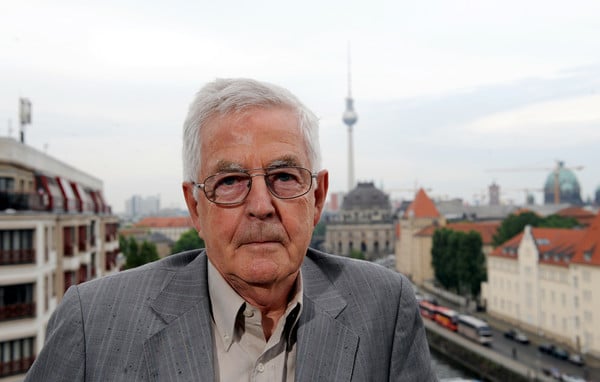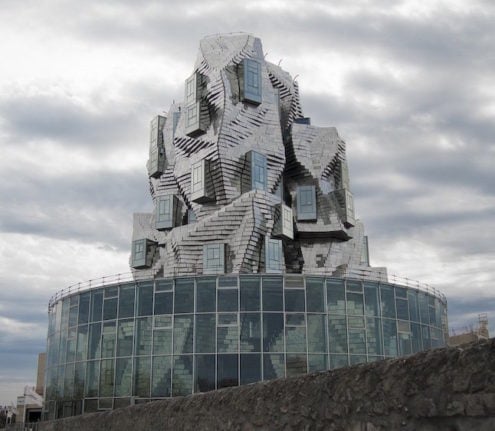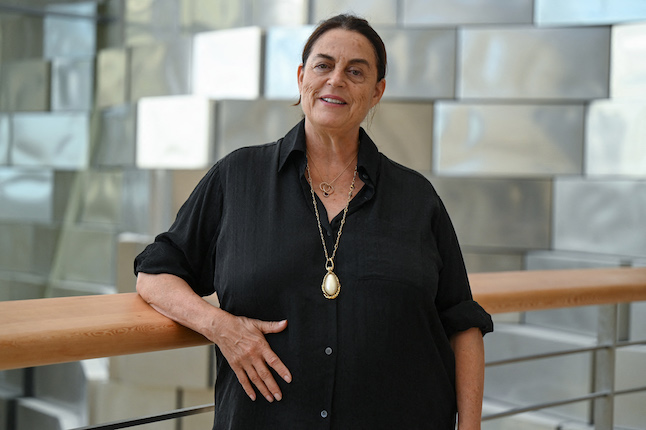ARCHITECTURE
German architect Speer, son of top Nazi, dead at 83
One of Germany's most prominent architects and urban planners of the post-war period, Albert Speer Jr., has died aged 83, local media reported on Sunday.
Published: 17 September 2017 16:35 CEST

Photo: Gero Breloer/DPA
His death late Friday came after an operation on a broken hip sustained in a fall at his home in the western city of Frankfurt, Bild daily reported.
Speer was widely credited with honestly reckoning with the heavy historical burden left by his father and namesake – one of Adolf Hitler's closest confidants and the head of the vast Nazi armaments ministry.
Born in Berlin as the eldest of six children, Albert junior managed to emerge from his father's shadow to become known for ecologically sustainable public works projects across Europe, Asia and Africa.
A fourth-generation architect, Speer junior overcame a debilitating stutter he had as a child by forcing himself to take public speaking engagements as an adult.
After starting his own architecture firm in 1964 in Frankfurt, Speer won several competitions for his designs including Germany's prestigious Deubau prize. The company has 200 employees and a satellite office in Shanghai. It won
bids for the European Central Bank headquarters, major football stadiums, industrial developments in China, and a ministry in Saudi Arabia praised for blending traditional Arab design with ultra-modern infrastructure technology.
The patrician Speer Sr. became dubbed in history “the devil's architect.” He joined the Nazi party in 1931, two years before it came to power, and designed the massive complex in Nuremberg where Nazi rallies where staged, and Hitler's chancellery in Berlin. He drew up plans for a grandiose reimagining of the capital if Germany had won World War II.
In 1942, Speer Sr. became the head of weapons production and relied heavily on forced labour. After the war in 1945 he distanced himself from Hitler and at Nuremberg was the only defendant to accept a degree of responsibility for the Nazis' crimes. Speer Sr. was sentenced to 20 years in prison, and released in 1966. He acknowledged his responsibility again in a memoir, “Inside the Third Reich,” before dying of a heart attack in 1981 aged 76 while on a visit to Britain.
His son, who actively cooperated with historical researchers to shed light on his father's legacy, advocated urban design on a human scale.
“I consider dimensions beyond 400 metres (1,300 feet) in height to be absolute madness — such buildings are inefficient and superfluous,” he told the daily Sueddeutsche Zeitung in 2010.
He is survived by his wife Ingmar Zeisberg, an actress.
By AFP's Deborah Cole
Url copied to clipboard!



 Please whitelist us to continue reading.
Please whitelist us to continue reading.